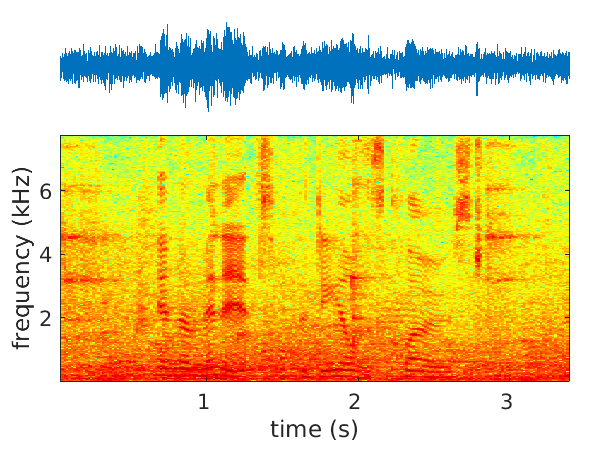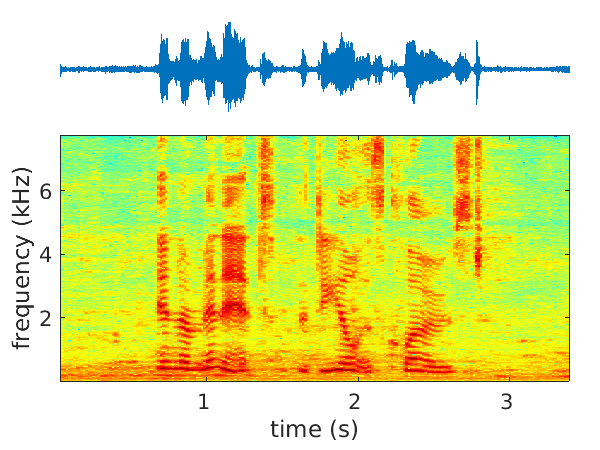Section: New Results
Speech Denoising and Enhancement with LTSMs
We have started to address the problems of multichannel speech denoising [45] and enhancement [51] in the short-time Fourier transform (STFT) domain and in the framework of sequence-to-sequence deep learning. In the case of denoising, the magnitude of noisy speech is mapped onto the noise power spectral density. In the case of speech enhancement, the noisy speech is mapped onto clean speech. A long short-time memory (LSTM) network takes as input a sequence of STFT coefficients associated with a frequency bin of multichannel noisy-speech signals. The network's output is a sequence of single-channel cleaned speech at the same frequency bin. We propose several clean-speech network targets, namely, the magnitude ratio mask, the complex ideal ratio mask, the STFT coefficients and spatial filtering [54]. A prominent feature of the proposed model is that the same LSTM architecture, with identical parameters, is trained across frequency bins. The proposed method is referred to as narrow-band deep filtering. This choice stays in contrast with traditional wide-band speech enhancement methods. The proposed deep filter is able to discriminate between speech and noise by exploiting their different temporal and spatial characteristics: speech is non-stationary and spatially coherent while noise is relatively stationary and weakly correlated across channels. This is similar in spirit with unsupervised techniques, such as spectral subtraction and beamforming. We describe extensive experiments with both mixed signals (noise is added to clean speech) and real signals (live recordings). We empirically evaluate the proposed architecture variants using speech enhancement and speech recognition metrics, and we compare our results with the results obtained with several state of the art methods. In the light of these experiments we conclude that narrow-band deep filtering has very good performance, and excellent generalization capabilities in terms of speaker variability and noise type, e.g. Figure 2.
Website: https://team.inria.fr/perception/research/mse-lstm/.
|





